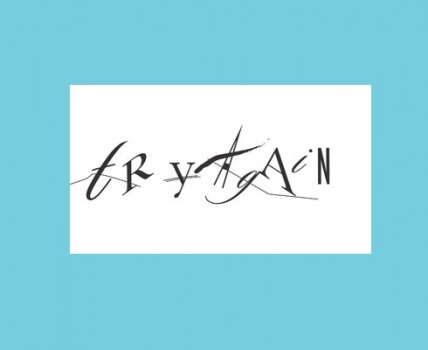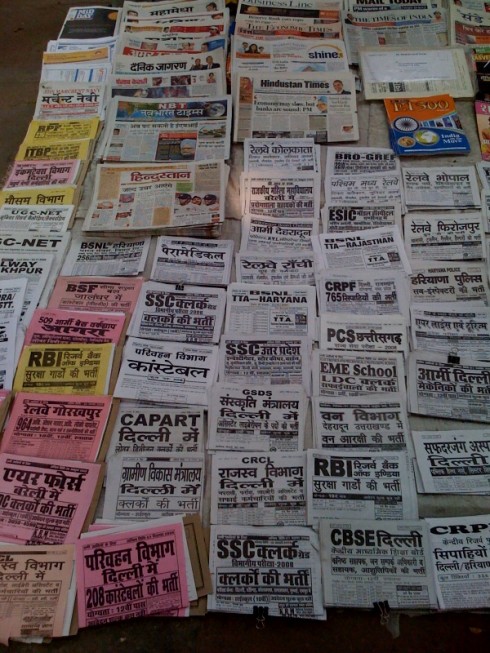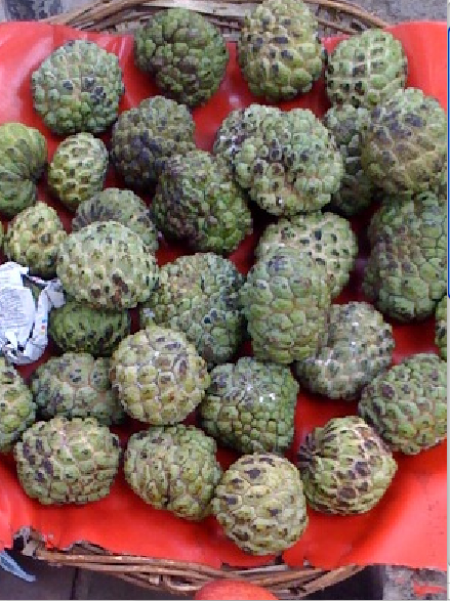
First, thanks to so many of you who have written me personal emails to say congratulations following the Amsterdam 2008 Marathon race. Of course, I am doing fine, as I only ran the shorter version of the race. However, the excitement of being there, at Amsterdam’s Olympic Stadium for the finish is an an unforgettable experience. It is as athletic a moment as a non-athlete like myself gets to feel, so no matter how many races you have ran, that one little moment of going through the finish line makes it all worthwhile.
Two of you asked the question: Mario, what are you thinking of when you run long distances?
Well, it varies with the day, the distance, and mood. I have to admit that on this particular Amsterdam run, my thoughts were into the esoteric, as in WHO designs those wiggly letters that we see when we are browsing through a website, and suddenly we cannot proceed unless we perform the task of looking at a picture of what appears to be totally distorted letters with lines and scribbles running through them, and to read what the word says.
Perhaps I was influenced by reading a TIME Magazine piece on the subject the night before the race, but, although I have, as many of you, deciphered those words to enter certain sites, I never gave the computer literacy tests much thoght until I read the article.
Of course, it makes perfect sense now why we must stop and decipher letters that are, on the whole, difficult to read. According to TIME, “the electronic hoop you have to jump through was invented in 2000 by a team of programmers at Carnegie Mellon University. Somebody at Yahoo! had gone to them, complaining that criminals were taking advantage of Yahoo!Mail—-they were using software to automatically create thougsands of e-maoil accounts very quickly, then using those accounts to send out spam. The Carnegie Mellon team came back with the CAPTCHA (It stands for “completely automated public Turing test to tell computers and humans apart”…….the point of the test is that reading those swirly letters is something that computers aren’t very good at. If you can read them, you’re probably not a piece of software run by a spammer.”
Wow, something ONLY humans can do. Nice thought, which is probably why this stayed with me as I went to sleep.
During my run I was wondering what my type creator friends, such as Jonathan Hoefler, or Tobias Frere-Jones, or Gerald Unger, think of this. Who creates these letters? Are they drawn from existing alphabets? Who is having all the fun of taking letters and letting them lie on the side, or running a wiggly line through them, or mixing caps, lower case, serifs and sans serifs at will?
For the complete TIME magazine article:
http://www.time.com/time/magazine/article/0,9171,1812084,00.html
Other thoughts while running:
I also think that someone needs to write a good book on The Multiplatform Newsroom and how to organize it, the people who populate it , where they sit, and how they relate to each other.
I am not surprised by the tremendous interest that journalists everywhere show for this subject. At the WAN conference in Amsterdam last week, many participants approached me to get my views on the best way to integrate print/online, both philosophically and physically.
My answer: both staffs need to be in close proximity, so that the path of the story is easier to create and to follow. However, each medium is different and should have its own staff, tending to the various characteristics of presenting news in print or online. However, in each news shift, there must be someone—-a name and a face—-who is responsible for coordinating efforts for how a breaking story follows the path.
![]()
Now in Delhi, India, landed here last night from Amsterdam, and traded cool autumn breezes for sunny and warm, but pleasant, weather here.
Lunch time in Delhi

Two things catch my eye as I stroll right after lunch through central Delhi—-
NEWS AND SPICE AND EVERYTHING NICE –—a variety of newspapers are placed on the floor, right next to jars of spices. The friendly vendor will sell you a newspaper, but also advise you on what spices to mix for your chicken curry.

THE SWEET CUSTARD FRUIT—-This is a special find, and I always look for them in India. In my native Cuba they are called “anons” and they are the sweetest fruits, pure sugar. I know what I am eating for a mid afternoon snack today, before I run in the evening. I bought ripe ones, ready to eat, for less than ten cents of a dollar each.
TheMarioBlog posting # 124